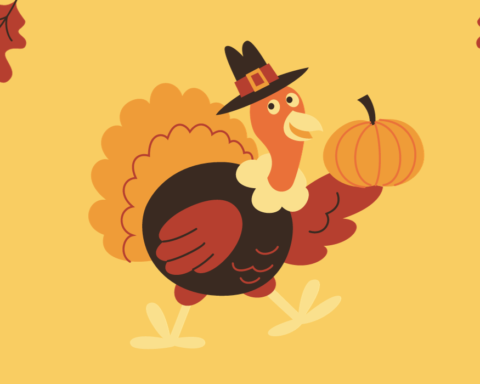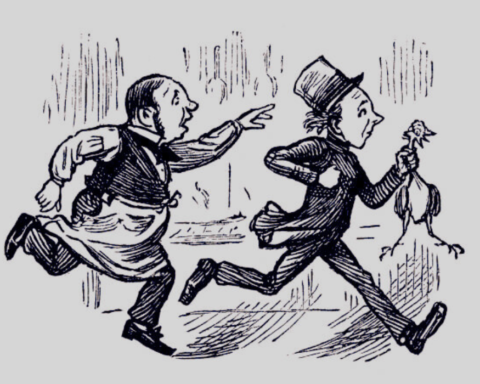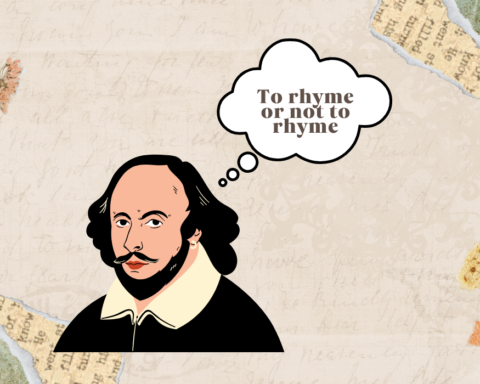Thanksgiving is celebrated each year to show one’s gratefulness, family gathering are a must, and let’s not forget the big bird.
Mashed potatoes, Turkey roast, and all those delicious side dishes are what I think about when I imagine Thanksgiving. But, of course, the flavor and aroma never leave your mind and the warmth of family.
Veganism and vegetarianism are at an all-time high; there is an alternative for everything from soya milk, vegan cheese to vegan ice cream.
Likewise, vegetarian Thanksgiving is also becoming increasingly popular. It is a healthier alternative for meat and it reduces chances of wasting Turkey.
You would be surprised that vegetarian Thanksgiving dates back to many centuries.
What is Vegetarian Thanksgiving?
Instead of using the real Turkey for Thanksgiving, a Tofu Turkey was created. The Tofu Turkey was shaped to look like the actual Turkey.
The Tofu Turkey is an alternative to actual Turkey. It is also made to reduce the wastage of meat on Thanksgiving.
Turkey is bought on Thanksgiving, out of which 200 million pounds of it ends up in the dustbin. Apart from this, vegetarians are left out on Thanksgiving as there are not many options or alternatives except for the side dishes.
As Gary Abramowitz, who invented Tofu Turkey, states, “Obviously at Thanksgiving, the vegetarian suffers,” he explains that “you ate mashed potatoes and turnips and called it a day.”
He created Tofu Turkey by molding a 14-pound block of bean curd into the shape of a Turkey. Then, he marinated it to provide vegetarians with the protein they require. He did it so vegetarians could get the feel of Thanksgiving without having to consume the bird.

History of Vegetarian Thanksgiving
Vegetarian Thanksgiving was started many centuries ago by the first American vegetarians. Tofu Turkey, on the other hand, was created in 1990 by Gary Abramowitz. Gary Abramowitz has been a vegetarian since 1970.
The Weekly Unity newspaper ran an article to promote vegetarianism. Abramowitz explained in the article that…
“I realized I had these very large pieces of Tofu I could do with what I wanted. In 1990 I made one for myself. The next year, I made some for friends and a few favorite stores.
Then in 1992, I began to market them. It’s very low-key, no advertising, just letting the stores know they’re available. Then the Wall Street Journal did an article. The day before Thanksgiving and the crowd went crazy”.
Abramowitz still makes the Tofu Turkey fresh. Although vegetarian Thanksgiving started a century ago before Tofu Turkey was on the menu, they had other alternatives.
The first vegetarians in America were of the Unity School of Christianity. In the late 1800s, a religious movement was based in Kansas City, Missouri.
Charles Fillmore, one of the group’s founders, advocated a plant-based diet. Along with his wife Myrtle and other Unity leaders, Fillmore actively promoted vegetarian principles among the group members and the general public.

He was said to have checked people’s bags for ham sandwiches at the Unity School of Christianity’s picnic, and if he found them, he would nail the meat to a tree.
“The Vegetarian” column, published in the Weekly Unity newspaper promoting meatless morals for 20 years, first appeared in 1911.
The vegetarian offered advice on how to adopt a plant-based diet. In addition to writing the column called the “Veg,” the Fillmore’s operated a vegetarian cafeteria in Kansas City called the Unity Inn and published a vegetarian cookbook.
What was exactly in the vegetarian Thanksgiving in that era, you wonder? Well, it was published in the “Veg.” “The housekeeper who wishes to try a Vegetarian Thanksgiving might serve … [a] Roast Turkey à la Veg—a nut loaf made with hulled or cracked wheat, walnuts, butter, egg, onion, and spices.”
There were alternatives to this delicious vegetarian Thanksgiving meal, known as the vegetarian-based unity loaf.
Various vegetarian sides accompanied the mock meat dishes, such as baked potatoes, celery, cream of corn, and green peas. Not only did Veg have suggestions for Thanksgiving, but other seasons, as well. Such as a creamy tomato soup with Nut Loaf à la Unity Inn for Christmas or a variety of salads for spring.
I’m impressed with the number or alternative they had a century ago, which means they considered and thought things out. There are many mock types of meat available in today’s world, like Jack fruit, when cooked, tastes just like real meat.
Unity group embraced vegetarianism to such an extreme point because they believed that meat was impure and made your body impure. So for “spiritual and eternal equilibrium,” they promoted and forced people to eat a vegetarian diet.
A century after the warning about meat-heavy diets, scientists stated that plant-based diets offer many health and environmental advantages over meat-centric diets.
Conclusions
Food is the main highlight of every Thanksgiving, and it is what Thanksgiving is known for. Alternatives for vegetarians make it a holiday that everyone can enjoy.
It is the people’s choice on how they prefer to live their life; with growing vegetarians and veganism, it is important to have alternatives in this era as it was a century ago. Yet now people choose it on their own, and it is not a religious duty.
In my opinion, a hearty Thanksgiving meal is one to be remembered throughout the year until the next Thanksgiving arrives. Hence having alternatives makes it easy for everyone to come together and enjoy it.
Now you can call your vegan and vegetarian friends over for Thanksgiving, like my friend Amanda who went vegan when she was ten. I’m sure we all have friends like her.
By removing differences in lifestyle and choosing to come together to share a meal, people can fully indulge in Thanksgiving. As that is what Thanksgiving is all about, also not wasting meat is an excellent idea.
Instead of throwing it away, it can be shared with the less fortunate or invite friends who don’t live with their family and are alone in the holiday season.
So why not try Tofu Turkey this year? I’m sure it tastes just as good.
Politigory provides in-depth reviews of science, history, humanities, religion, social sciences and arts











